Receive the Historical Messenger in your inbox once every two weeks by signing up for our mailing list!
|
This issue: Contents
Tuesday, October 18, 2016
Editor’s Note Whew! What a beautiful couple of weeks we’ve been having! The weather has been holding up wonderfully and I honestly can’t remember ever having this vibrant of fall colors to enjoy. It’s been an absolute pleasure chatting with all the foliage-admirers over the past few weeks at the museum. Speaking of which, you only have two more weekends to visit the Warden’s House and Hay Lake School before we close up for 2016 – so plan your trip now! At the very least, you absolutely won’t want to miss our fun Halloween-themed events at the Warden’s House this year. Check out our News Stories for all the details on the free movie screening this Thursday and a ‘ghost-hunting’ team’s visit to the Museum on Oct. 29th. After you read about our events, the always popular “What Is This Thing?!” challenge awaits your best guesses. When studying American History, the Civil War is rightfully seen as a defining moment of our nation’s story. In fact, the episode is so important that it completely overshadows another war the American military was waging at the same time. In today’s Old News, we’ll look westward instead of east and follow the 3rd Minnesotan Battery in their punitive campaign against the Dakota people. But don’t worry “Civil War-buffs”, we’ll swing back to the East Coast in our Featured Article and discuss the wartime experiences of Minnesota’s Colonel William Colvill. Sean Pallas Historical Messenger editor and Warden’s House Site Manager WCHS NewsOutdoor Museum Movie Night presents: “The Phantom of the Opera”
Join the Washington County Historical Society for a night of (relatively quiet) terror beneath the stars as we screen the 1925 silent-film classic “The Phantom of the Opera” at the Warden’s House Museum! Bring out the family and help re-capture some of the lost magic of watching a movie outdoors! The screening will begin at 6:30 PM and the museum will be open to the public from 5:30 until when the film begins. The movie will be shown outside so we recommend dressing warm and please feel free to bring lawn chairs & blankets to sit on. The selection of “The Phantom of the Opera” is not only appropriate for the Halloween season – but also because the film features the performance of Olive Ann Alcorn – a Stillwater native! This is a free event made possible by WCHS’ generous supporters and donors. Concessions will be available for purchase.
WCHS NewsParanormal Investigations: Techniques & Theories
On Saturday, October 29th, the Johnsdale Paranormal Group will host their fourth annual, “Paranormal Investigations: Techniques & Theories” program at the Warden’s House Museum. The free event will be held at the Warden’s House Museum in Stillwater. Encore presentations will be held at 11:00AM, 3:00PM, and 7:00PM. Each time slot will feature the same program and will last about 80 minutes. For the past 7 years, the Johnsdale Paranormal Group has been performing investigations at such famously haunted locales such as the Mabel Tainter Theater in Menomonie, WI, Waverly Hills Sanitarium, KY, the Squirrel Cage Jail in Council Bluffs, Iowa, and of course, the Warden’s House itself! During this free and open to the public presentation, founder Justin Miner and his co-investigators will delve into the truly amazing audio and video evidence they have collected while explaining the state-of-the-art equipment, theories, & techniques used during a “ghost hunt”. More Events What is This Thing?!
What Is This Thing?! (Round 47) A few of you managed to poke your heads out of your foxhole to take a shot at identifying last issue’s What Is This Thing?! That’s right! Last week’s item is the inside of a World War I-era American ‘doughboy’ helmet. In the States, the design was known as the M1917, but was essentially a copy of the British ‘Brodie’ helmet of 1915. On the onset of the war, no nation equipped its soldiers with steel helmets. However, the cloth and leather caps soon proved completely ineffective and dangerous for the type of trench-heavy and shrapnel-filled fighting along the Western Front. This introduction of metallic protective headwear was one of the many technological innovations that can be traced back to the battlefields of the First World War. Onto today’s challenge! Can you identify the WCHS artifact photographed above? If you’d care to venture an answer, you can send an email to me at sean.pallas@wchsmn.org, tweet @WCHSMN, or post your guess on our Facebook page. Good luck! Old NewsVengeance Against the DakotaFor obvious reasons, when a person studies the years from 1861-1865; they’re going to be almost completely focused on the battlefields of the Civil War. Few people will give the US-Dakota War of 1862 much consideration. Lincoln and the Federal Government were not about to a relatively small Native American uprising along the Minnesota River become a distraction from their campaign against the Confederacy. This secondary rebellion would be crushed and dealt with severely. By the end of the conflict, 38 Dakota captives had been hanged in Mankato and the surviving Dakota were utterly and completely exiled from their ancestral homes in Minnesota. But that is not where the story ends.
There could be no further outbursts from the conquered Dakota people – and this crusade of vengeance would make that a certainty. “Some Items from the Indian Expedition” – Stillwater Messenger – October 18, 1864 From a private letter from a member of the 3rd Minnesota Battery, we make some interesting extracts. Our readers are familiar with the general details of Sully’s last battle with the Indians, but incidents which fell under the conversation of the writer may prove of interest to our readers. Our correspondent, in his description of the battle says: “Our line of battle was over three miles long, and the fight was like all Indian fights – very scattering fire and very uncertain where the next charge would be made. Bracket’s Minn. Battalion discovered an opportunity and made a splendid charge on the right, cutting the enemy down with their sabers, and driving them into a ravine, from which they were soon driven by a few shots from a 12 pounder in charge of Sergeant Bromley, killing 27 in three shots. A strong attempt was made to charge the rear of our train but a six pounded in charge of Lieut. Whipple soon checked their advance, our shot killing five and their ponies literally making pemmican of their carcasses. The Indians contented every inch of the ground for two miles, when they fled to the hills where no man or common horse could follow them, leaving 112 of their dead on the field and all their camp equipage. Our forces moved 3 miles and bivouacked for the night. At 3 o’clock next morning we started in pursuits, but found it impossible to follow them into the hills and mountains. Reluctantly abandoning further pursuit, the General turned his attention to the destruction of the large amount of property lefty by the enemy, on the bloody field of Tah-kah-o-kn-ty, and a detail of fifteen hundred men was made for the purpose, and soon the red flames and black clouds of smoke strongly impregnated with the savory odor of baked buffalo and venison told that the hard earned stores of the red men were fast being destroyed; and at sunset the destruction was made complete by firing the woods where large quantities of stores had been concealed, and the fatigued army of the North West moved back ten miles to Camp. The animals were soon grazing, and the weary soldiers just ready for supper and sleep, when the cry of “Injuns, Innings” caused a general rush for the horses to secure them at the picket ropes, and ‘fall in, fall in” was often repeated, and soon the dark lines of armed men, with hearts filled with stern resolved, and “ready for any fate” showed the impossibility of a surprise in that camp. The enemy succeeded however in killing two men, privates in Co. D. 2nd Calvary, capturing their arms and horses. One was shot with seven arrows, one which penetrated six inches into his head. Our loss, killed 4 wounded 15. Men who have been long in the army say – and I think with trust that the battle of Tah-kah-o-kn-ty was the most decisive battle ever fought, and great credit is due to the officers and men of Col. Thomas Brigade for their efficiency and good discipline, their coolness while under fire and their readiness to obey orders, and the cheerfulness with which they encountered fatigue, exposure and danger. Company C. 8th Regiment Captain Folsom were detailed as Pioneers and in action for support of the 3rd Minnesota Battery, and I can say that braver or better set of men never shouldered a musket, and Stillwater may well feel proud of them. All the dead of the enemy were buried with their dogs and goods. We again reached Heart River, July 31st, having traveled 173 miles, fought a battle, destroyed a large camp in six days. We started form the point west with the trains and struck the Fat-anah-mack-anata, a wild hilly region where it seemed impossible for even a cat to travel, but trusting all to a Black Foot Indian, we reached the Little Missouri, without accident. Here we were fired upon from the bluffs, but our assailants were soon driven back by a few shells from the Battery, and on the morning of Aug. 9th, as we were leaving the river by following up the bed of a stream so narrow that but one wagon could pass at a time, we were fired upon from the hills, and for six hours the battle raged fearfully. Every thing was hid in smoke and dust in the vicinity of the train and every exertion was necessary to prevent straggling. The wild nature of the country, the hills and mountains hundreds of feet high gaping chasms where a miss-step or the stumbling of a horse would precipitated the unfortunate one into eternity – helped to make the situation more terrible. But stoutly we drove the enemy before us which was done almost entirely by shells. At dark the main force fell back, but skirmishing was kept up all night. No rest could be had by either men or animals, was everything that moved outside camp was sure to get a shot, and the loud roar of the 12 pounders, the screaming of the shells, as they described their fiery circles through the air, left but a small margin for sleep. Early next morning the fight was renewed and lasted for three hours, the Indians charging and retreating each time falling back with their numbers reduced, and returning again to be punished and retreat again. Their loss was heavy – 250 being a low estimate of the number killed. Our loss killed none. Wounded 10, our scout being one of the number. We reached the Yellow Stone, Idaho Territory 160 miles from Heart River on the 12th, and found two steamers loaded with rations and forage for which we were suffering severely. The horses having been 48 hours without food and the men for some time on half rations. In crossing the Yellow Stone we lost 19 men, 17 mules, and 6 wagons – mostly of the Idaho emigrants. 240 men have deserted and gone to the mines with their horses and arms. One steamer the Island City – has been sunk with fourteen hundred sacks of corn, a number of mules and wagons.” Featured ArticleThe Grand Charge of Col. William Colvillby Betty Roney
Of course, Washington County isn’t the only to put a claim on Col. Colvill’s story. He was born at Forestville, Chautauqua County, New York on April 5th, 1830. And here in Minnesota, he arrived in Cannon Falls, Goodhue County in 1854. At the outbreak of the Civil War, Colvill was the very first volunteer of Goodhue County. He was also one of the few survivors of a grim charge by an undaunted Minnesota line against a much lager Confederate Force on July 2nd and 3rd, 1863. What happened on that Gettysburg battlefield has inspired writers, historians, filmmakers and scholars ever since. Of the 262 men of the Minnesota First Volunteer Infantry under Col. Colvill’s command, only 47 walked away unscathed. Included amongst that number were the Stillwater men of Company B. Lieutenant Thomas Sinclair was the only Stillwater officer to be wounded. First Sergeant. David Lord; Sergeants John D. Densmore, Frederick Crome, George A. Oliver, Corporals John B. Stevens, and Edwin Wells; Privates George Arnold, William H. Aucker, Rufus G. Blanchard, Bartholomew Carriegiet, Albert Caplazi, Morritz W. Erhardt, Peter Everson, Charles H. Gove, Charles Hamann, Martin J. Henry, David Johnson, Adam Marty, Fridolin Marty, Erick Nystedt, Andrew P. Quist, John P. Schoembeck, Albert Severs, Ole Thompson, and Joseph A. Tanner were Stillwater’s enlisted men who were wounded. Sergeant Samuel B. Bickerson; Privates William F. Bates and August Koenig were all killed during the ‘grand charge”. “At the time we made the grand charge,” Colvill later recalled, “I think Gen. (Winfield) Hancock rode a bay horse. His order was ‘Minnesota forward!’, delivered with all his force and action. From the left, after he had ceased to rally the Third Corps, he rushed to the rear near the battery, expecting the other troops had followed or were following him. Finding none, as was afterward reported to me, he said, ‘My God, are these all the men we have here?’ Then he rushed to he right and gave the order. The men of the regiment all heard the order as he gave it and turned their heads to me, expecting and ready for my order, which was immediately given. “I noticed, as the regiment started, the shining of the muskets as the right shoulder shift was made in one time, the motions corresponding to the steps of the advance and seemed to emphasize the unity of the start. The gleam of the muskets you can imagine. It was grand. The regiment went as one man, taking its swinging gait down the slope. Going down, the men fell fast. Each man, as he fell, seemed to turn to me as if to say, ‘I can go no further.’”
“Their ground had been a horrible sight all night. Directly one of them [the Confederate soldiers] in a clear, sweet voice struck up a camp meeting hymn. Instantly the groans and cries ceased, and all joined in. It was a grand refrain, from thousands of wounded men…” Colvill’s wartime service ended May 6, 1865, when he was mustered out as brevet brigadier general. He returned home to Goodhue County, making his home in Red Wing, where he practiced law and edited the Sentinel newspaper. He died suddenly June 12, 1905 while attending a Grand Army of the Republic meeting at the Soldiers’ Home near Minnehaha Falls. He was buried in the family plot in the Cannon Falls cemetery, where a replica of his state capitol statue was erected in 1909. Two decades later, the 135th Minnesota Infantry, a National Guard regiment tracing descent from the Minnesota First, provided a landscaped setting – with cannon, ornamental stairway, and memorial tablet. In July 1928, President Calvin Coolidge gave an address at the site, and Mrs. Coolidge unveiled the memorial tablet. |
Upcoming Events
More information: WCHS Events >>> Preserve the Past, Share in the Future!Become a member of the Washington County Historical Society! Membership is one way that you can help support the Washington County Historical Society. Your membership helps us collect, preserve, and disseminate the history of Washington County for county residents and visitors in the belief that a historical perspective enhances our understanding of community and sense of place. Benefits of membership:
The Washington County Historical Society has depended on membership ever since it was formed in 1934. Please show your support for the organization by becoming a member today. More: WCHS Membership >>> Mission StatementWashington County Historical Society collects, preserves, and disseminates the history of the county and state of Minnesota.
|
|||||||


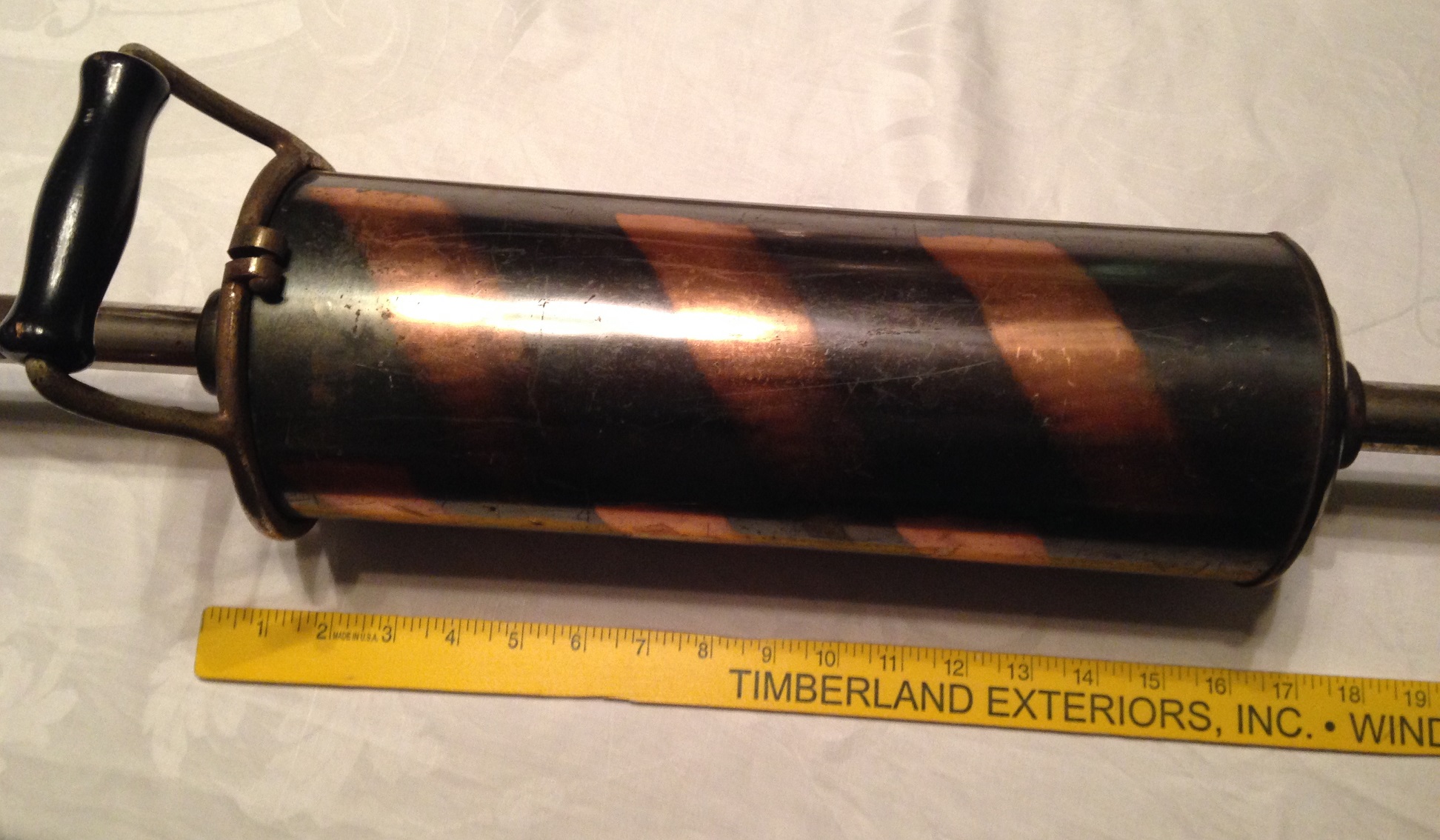
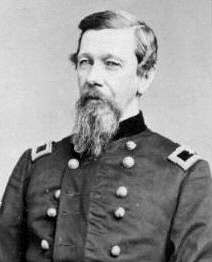 In 1864, General Alfred Sully (pictured right) was given command of cavalry units and an artillery battery on a march through North Dakota to wreak havoc on the Dakota men, women and children who had taken refuge in the Badlands.
In 1864, General Alfred Sully (pictured right) was given command of cavalry units and an artillery battery on a march through North Dakota to wreak havoc on the Dakota men, women and children who had taken refuge in the Badlands.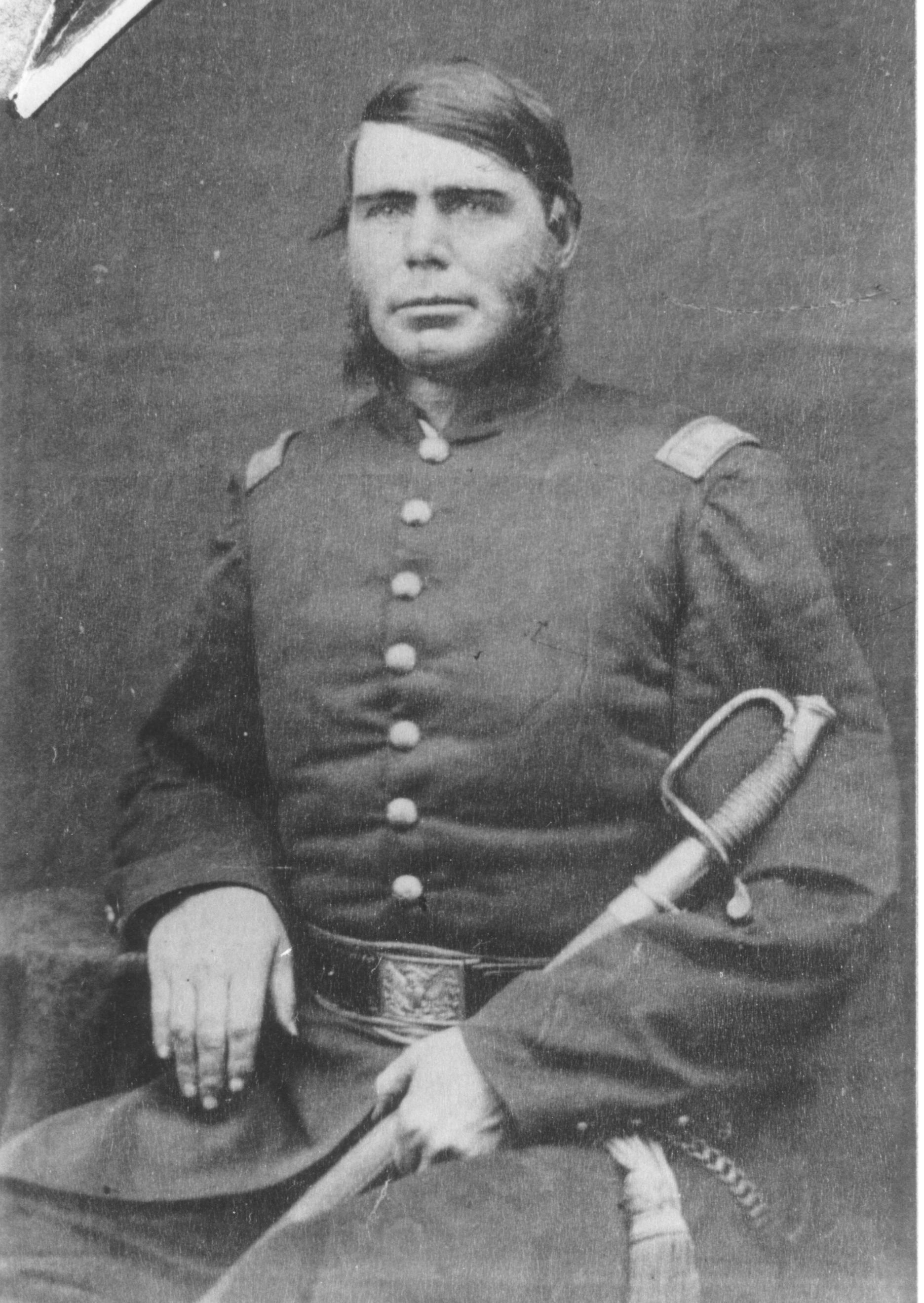 Although the event took place in a little Pennsylvanian town, more than a century and a half ago, Minnesotans still revere the memory of that gallant band of volunteers and the man who led the First Minnesota at the Battle of Gettysburg, Col. William Colvill.
Although the event took place in a little Pennsylvanian town, more than a century and a half ago, Minnesotans still revere the memory of that gallant band of volunteers and the man who led the First Minnesota at the Battle of Gettysburg, Col. William Colvill.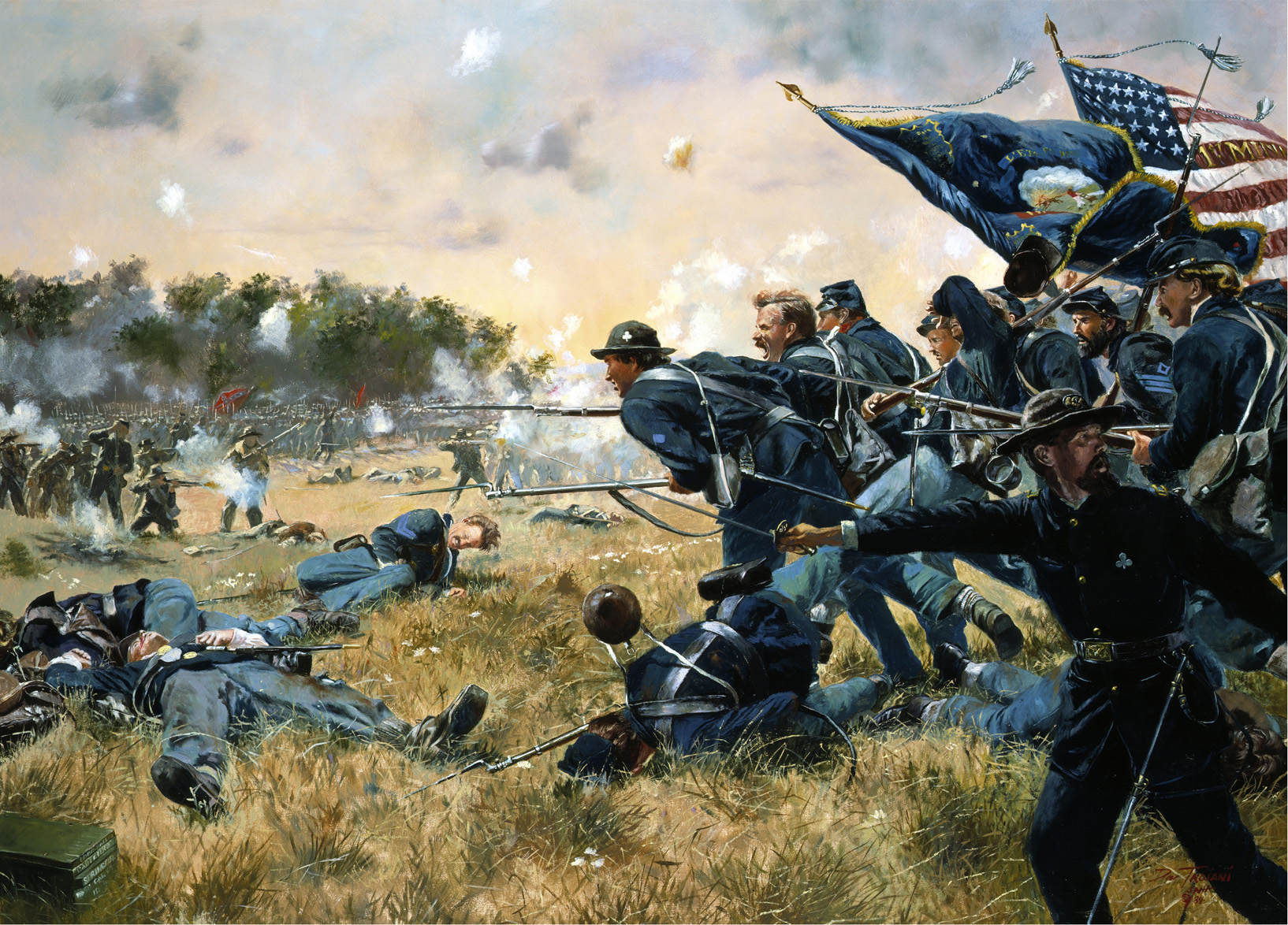 Two minutes before relief came from the New York 82nd, the colonel was wounded. He rolled into a gully where, he said, he “listened to the bullets zinging along the ground… and it grew dark and became quiet, the stars shining overhead.” He heard the sounds from the rebel line nearby.
Two minutes before relief came from the New York 82nd, the colonel was wounded. He rolled into a gully where, he said, he “listened to the bullets zinging along the ground… and it grew dark and became quiet, the stars shining overhead.” He heard the sounds from the rebel line nearby.